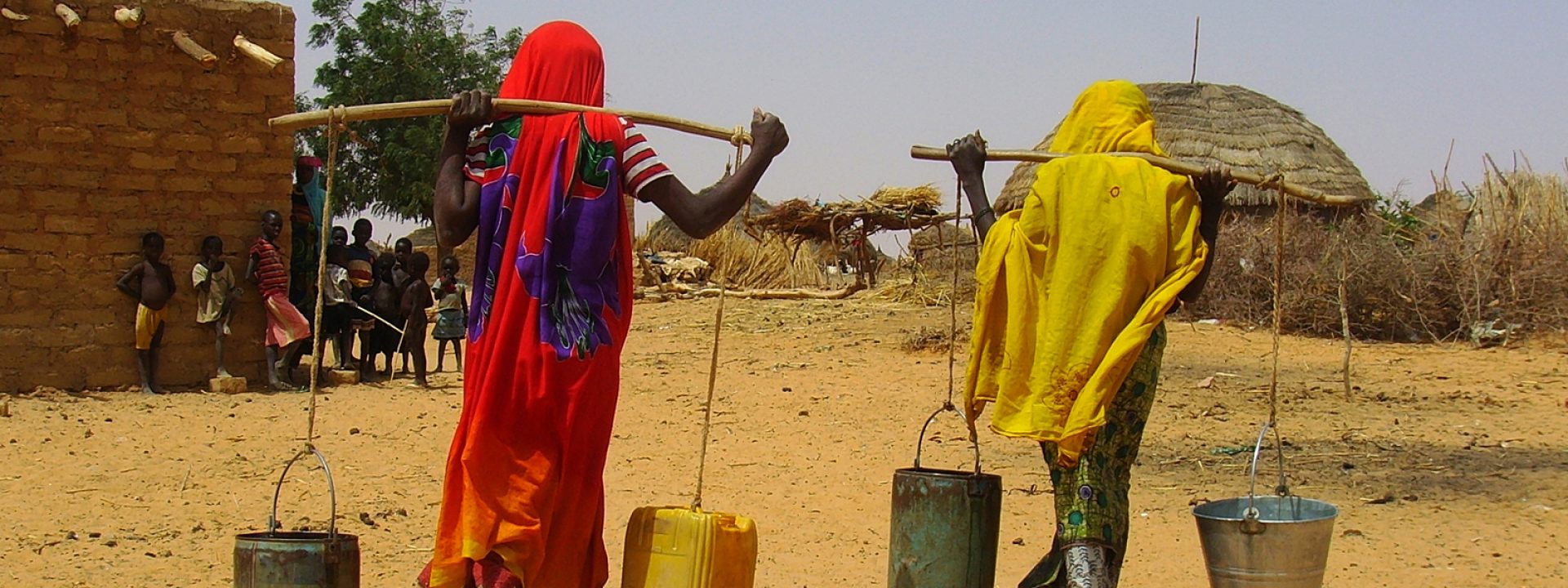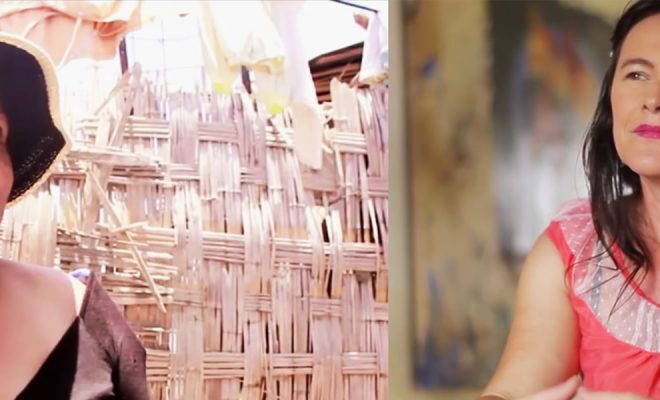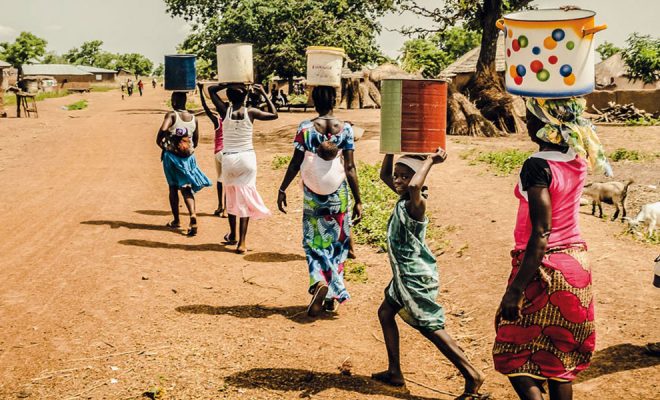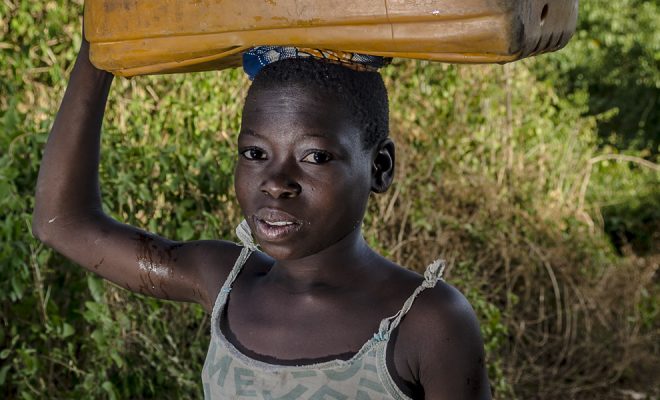
The water crisis affects women twice over. In the poorest areas, where water cannot be found, women and girls are the ones in charge of collecting it, while men take over other tasks in the fields. The direct consequences of this situation are linked to the images of women and girls carrying heavy water drums, walking under a scorching sun: extreme hardship, insecurity, social disruption and school absenteeism. When it comes to sanitation, the picture is not encouraging either: the indignity of open defecation at night, the vulnerability to sexual assaults and the lack of privacy in menstrual periods are the best-known consequences.
But there is another serious problem for these women: the absence of specific data on their situation. This lack of information is an important hindrance to develop situations that end this scourge. Gender-disaggregated data are needed, as they are essential to develop the human geography in connection with water and sanitation, thus obtaining scientific evidence on gender inequalities. This evidence is necessary to find out what happens in reality and to have a reliable starting point to develop efficient policies.
According to a 2013 survey by the United Nations Statistical Commission, the gender-disaggregated data (men/women) on access to water and sanitation are one of the most deficient indicators at national level. 45.2% of all countries worldwide do not develop statistics related to water resources that include this gender perspective. Regarding sanitation, the percentage of those that do have gender-disaggregated statistics only reaches 39%, while the access to water bears the brunt, with only 37% of the countries offering data to international organizations that take into account the female reality. These are mainly developing countries and they are located in areas with the highest hydric stress in the world.
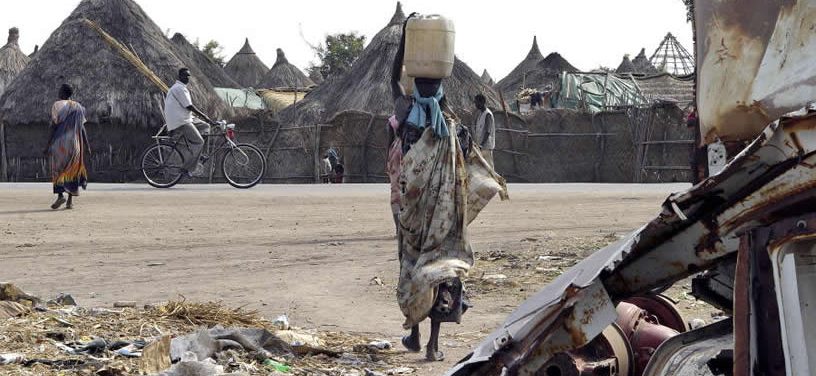
©UN
Qualitative data instead of purely quantitative data are needed
We know that 11% of the world population lacks access to a water source. UN Water defines this as the access to a source that supplies at least 20 litres per day and person, located within a distance of 1 km from the house. These parameters, along with the general estimates of the role of women in certain areas around the world, have enabled the extrapolation of the terrible figures we handle today, which indicate, for instance, that the average distance travelled by African or Asian women to collect water is 6 km, and that the average weight of the water they carry on their heads is 20 kg.
We also know that in the African Sahel, women and girls walk on average six kilometres every day to carry home a few litres of water; we also know that in Senegal, Mozambique or Uganda women are forced to walk ten kilometres on average to collect water every day. It is estimated that in the African continent, the time spent by women and girls in the collection of water exceeds 40 billion hours every year.
But these data alone are inoperative. They are useful to raise awareness, to alert and to prevent large-scale situations, but in order to act effectively it is necessary to specify the statistics in each country, each region and to add qualitative and not merely quantitative data: What is the presence of women in the governance in areas with hydric stress? In which way are they decisive in the family hygiene? What is their socioeconomic reality? How do they vertebrate the society they live in? What are the cultural taboos that affect them? What degree of legislative discrimination do they suffer? And of gender violence? What are their personal aspirations? These are some of the questions that need to be answered to be able to address effective solutions.
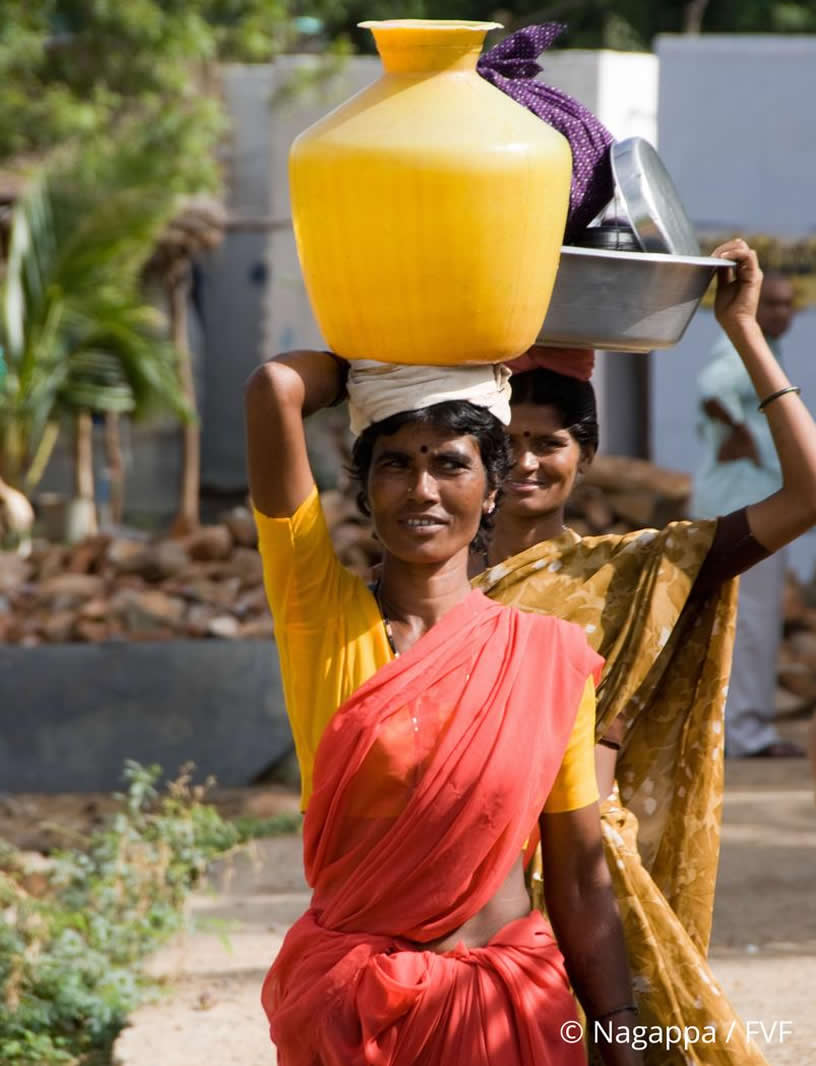
The development of indicators, a pioneering initiative of the WWAP supported by #NoWalking4Water
This situation, emphatically denounced during the last decade by experts in hydric resources, governments and NGOs, led the United Nations World Water Assessment Programme to create jointly with UNESCO a project to develop and try gender-disaggregated indicators with the aim of collecting data on hydric resources in 2014. Its aim is to achieve two Sustainable Development Goals that are the base of the rest: Goal 5, “achieve gender equality and empower all women and girls” and Goal 6, “ensure access to water and sanitation for all.”
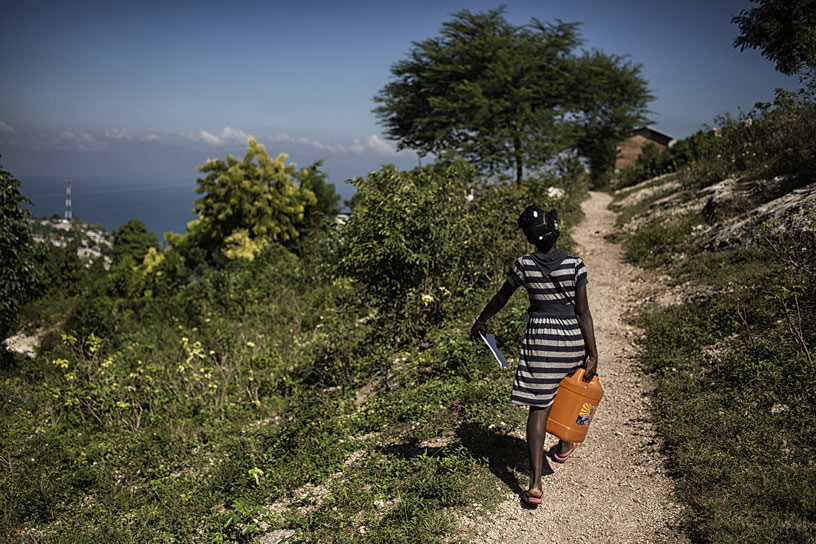
©UN/Logan Abassi
This project, which started in January 2014 and reached its implementation phase in the summer of 2016, aims to create a work method to collect qualitative data that may be applied in any region of the world that lacks water resources.
The success of the dissemination of the campaign #NoWalking4Water one year after its launching should help increase the international awareness of this gender inequality that in most cases remains hidden under the flood of figures. We need to find out more about the everyday reality of all women and girls that suffer the lack of water and sanitation in order to be able to solve the injustice they live in and empower them in a world where they are essential.


